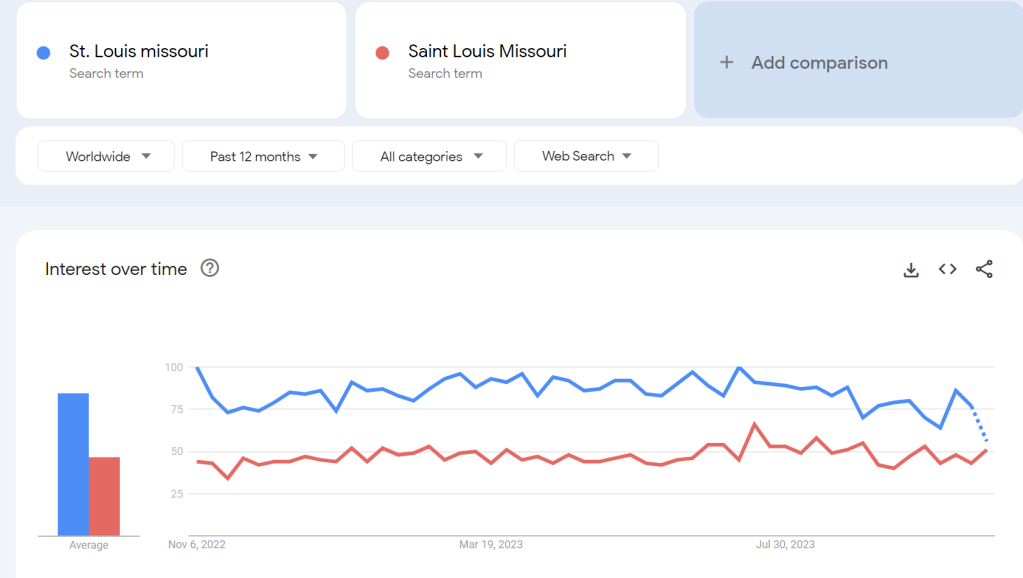Geolocation plays a crucial role in determining the online experience for users. However, this system is not without its challenges, as exemplified by the case of Northern Cyprus. This region, while legally recognized as part of Cyprus, faces a unique dilemma when it comes to online identification.
Northern Cyprus, situated on the island of Cyprus, is officially recognized as part of the Republic of Cyprus. However, the de facto situation is markedly different, with Turkey exerting influence and control over the region. This dual status has significant implications for the internet experience of those residing in Northern Cyprus.

At Geonames, we acknowledge the complexities surrounding Northern Cyprus and its online identification. In response to user concerns and to better reflect the on-the-ground reality, we have updated our database. The feature now carries the country code TR (Turkey) with a secondary code CY (Cyprus), accompanied by carefully defined boundaries.
One of the major challenges faced by individuals in Northern Cyprus is the misidentification of their location by IP locators. Despite the de facto situation aligning them more closely with Turkey, many geolocation services identify them solely as being in Cyprus. This discrepancy can impact various aspects of their online experience, from accessing region-specific content to encountering challenges with online services that depend on accurate location data. As most IP location service are based on Geonames data the recent update will help improve the result.







